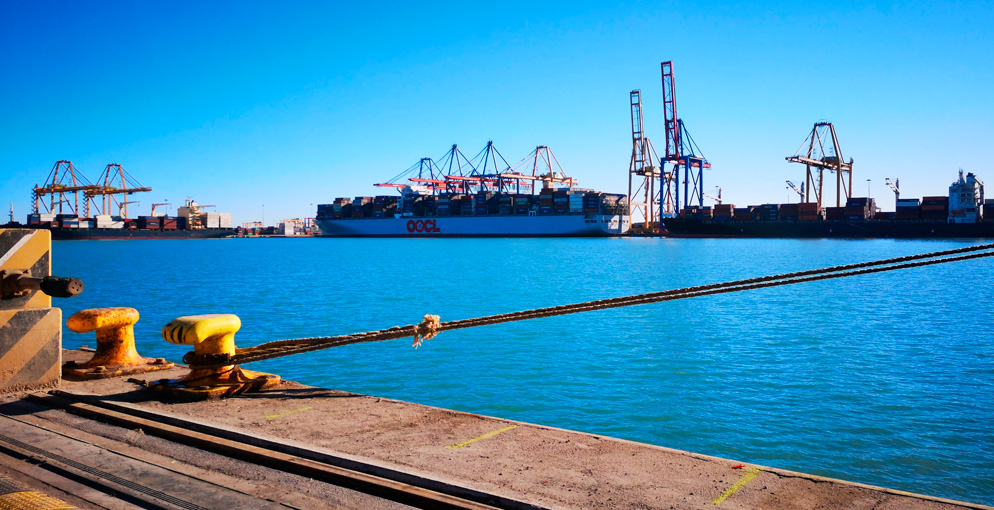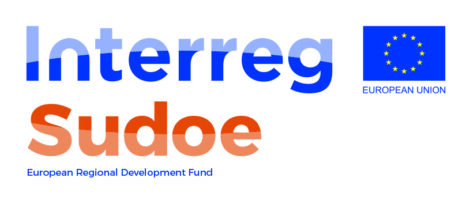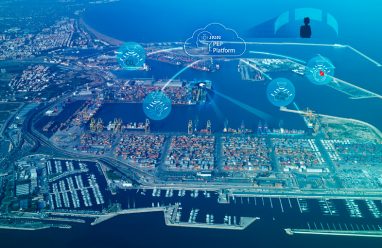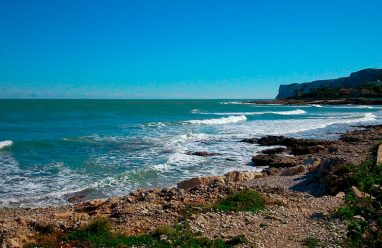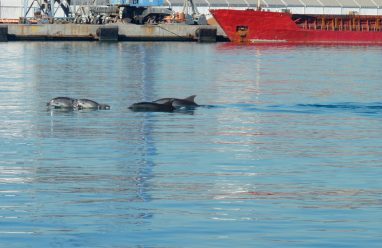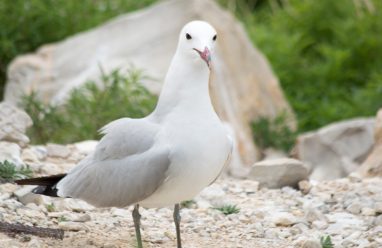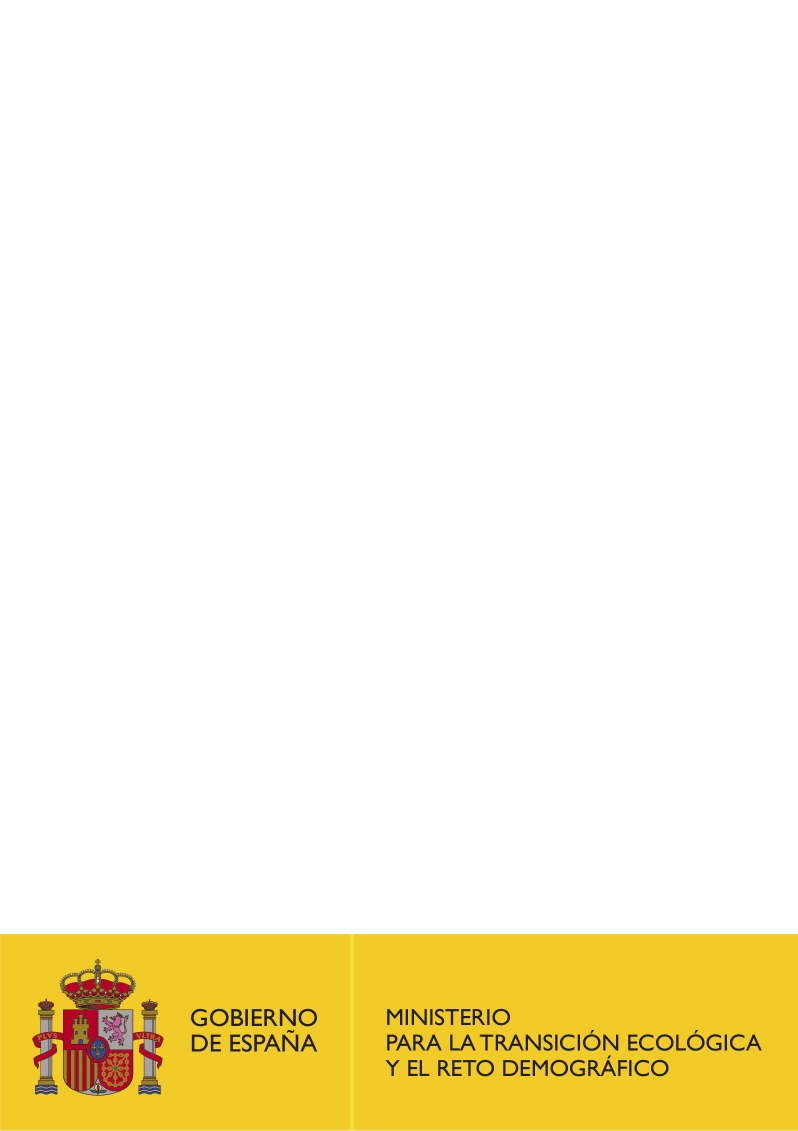Ports are key elements of the international transport system. Given their location, both their infrastructures and operations are affected by the maritime climate and by the impact that climate change can have on them, such as new wave conditions, increased sea levels, floods, storms, heatwaves, etc.
In this regard, ports in the SUDOE region (southwestern Europe) are faced with the important challenge of adapting to the effects of climate change in the region they are located. Ensuring port operations under these changing conditions requires a deeper understanding of climate change on a local scale to design suitable adaptation strategies, compared to the present models, which, given their global perspective and long-range forecast are not effective for decision-making.
The ECCLIPSE project focuses on analysing the impact of climate change, developing tools and early forecasting models to provide a deeper understanding of the impact that climate change has on a local scale. Similarly, it will help to raise awareness about the impact of climate change and will define transnational prevention, adaptation and action strategies in the SUDOE region that can minimize their effects.
The project aims to define a common climate change impact analysis methodology and its effects on the port and maritime environment. An analysis was carried out on the main climate risks and identify the infrastructures and operations that might be affected by such impact were identified. The climate change scenarios and their effects on a local scale in the port environment were identified. The final step is to develop an adaptation strategy to counter the effects of climate change, including a risk prevention plan and to propose measures and action protocols in case of alerts.
The project is headed by the Fundación Valenciaport. There are four technology partners: Spanish Ports Authority, Hidromod, Cerema and the Climate Research Foundation, and three ports, Valencia, Aveiro and Bordeaux. At these ports, awareness days were organized together with pilots to test the tools developed and analysis was then carried out on the main climate variables affected and their impact.

